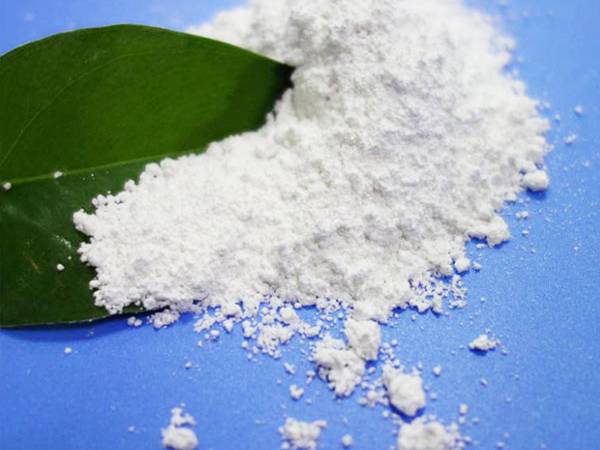



lead ii nitrate solution
Lead II Nitrate Solution Properties, Applications, and Safety Concerns
Lead II nitrate, with the chemical formula Pb(NO3)2, is a white crystalline solid that is highly soluble in water. This compound is an inorganic salt that plays a significant role in various industrial and laboratory applications. This article explores the properties of lead II nitrate solution, its applications, and the safety concerns associated with its handling.
Properties of Lead II Nitrate Solution
When lead II nitrate is dissolved in water, it dissociates into lead ions (Pb²⁺) and nitrate ions (NO3⁻). The solution appears clear and colorless, making it relatively easy to manipulate in various chemical processes. Due to its high solubility, lead II nitrate is often used in reactions that require a lead ion source.
Lead II nitrate is known for its oxidation properties, and it can release nitrogen oxides upon thermal decomposition. As a result, when heated, it decomposes to produce lead oxide, nitrogen dioxide, and oxygen. The decomposition temperature is around 470 °C. Therefore, it is crucial to handle this compound carefully at elevated temperatures to prevent hazardous gas emissions.
Applications of Lead II Nitrate Solution
Lead II nitrate has several applications across different fields
1. Chemical Synthesis It is often used as a reagent in laboratories for various chemical syntheses. The lead ions from lead II nitrate can participate in various chemical reactions, facilitating the formation of other lead compounds.
2. Pigment Production Lead II nitrate is used in the manufacture of various pigments, particularly lead chromate, which is widely utilized in paints and coatings. These pigments are valued for their bright colors and excellent opacity.
lead ii nitrate solution

3. Photographic Flash Historically, lead II nitrate has been employed in producing photographic flash powders. The compound's ability to produce bright flashes upon ignition made it useful in early photography.
4. Fireworks In pyrotechnics, lead II nitrate serves as an oxidizer in firework formulations. Its ability to produce vibrant colors and high energy releases makes it a popular component in the fireworks industry.
5. Analytical Chemistry Lead II nitrate is also used in analytical chemistry as a reagent for qualitative analysis. It helps detect the presence of various anions through precipitation reactions, aiding in determining the composition of unknown samples.
Safety Concerns
Despite its utility, lead II nitrate poses significant health and environmental risks. Lead is a toxic heavy metal, and exposure can have severe consequences. It is known to cause neurological damage, particularly in children, and can lead to various health issues such as cognitive impairments and developmental delays.
When working with lead II nitrate solution, it is essential to follow strict safety protocols
- Personal Protective Equipment (PPE) Lab personnel should always wear gloves, goggles, and lab coats to minimize exposure. - Ventilation Work with lead II nitrate in well-ventilated areas or fume hoods to prevent inhalation of harmful vapors. - Disposal Lead II nitrate must be disposed of as hazardous waste, adhering to local regulations to prevent environmental contamination.
Conclusion
Lead II nitrate solution is a versatile compound with significant industrial applications. However, its toxicity and potential health hazards necessitate careful handling and strict adherence to safety guidelines. Awareness and compliance are crucial in mitigating risks associated with lead II nitrate while harnessing its valuable properties in various applications. As research continues and alternative materials develop, the use of lead compounds may evolve, but understanding the existing compounds remains vital in both academic and industrial settings.
-
Why Sodium Persulfate Is Everywhere NowNewsJul.07,2025
-
Why Polyacrylamide Is in High DemandNewsJul.07,2025
-
Understanding Paint Chemicals and Their ApplicationsNewsJul.07,2025
-
Smart Use Of Mining ChemicalsNewsJul.07,2025
-
Practical Uses of Potassium MonopersulfateNewsJul.07,2025
-
Agrochemicals In Real FarmingNewsJul.07,2025
-
Sodium Chlorite Hot UsesNewsJul.01,2025










